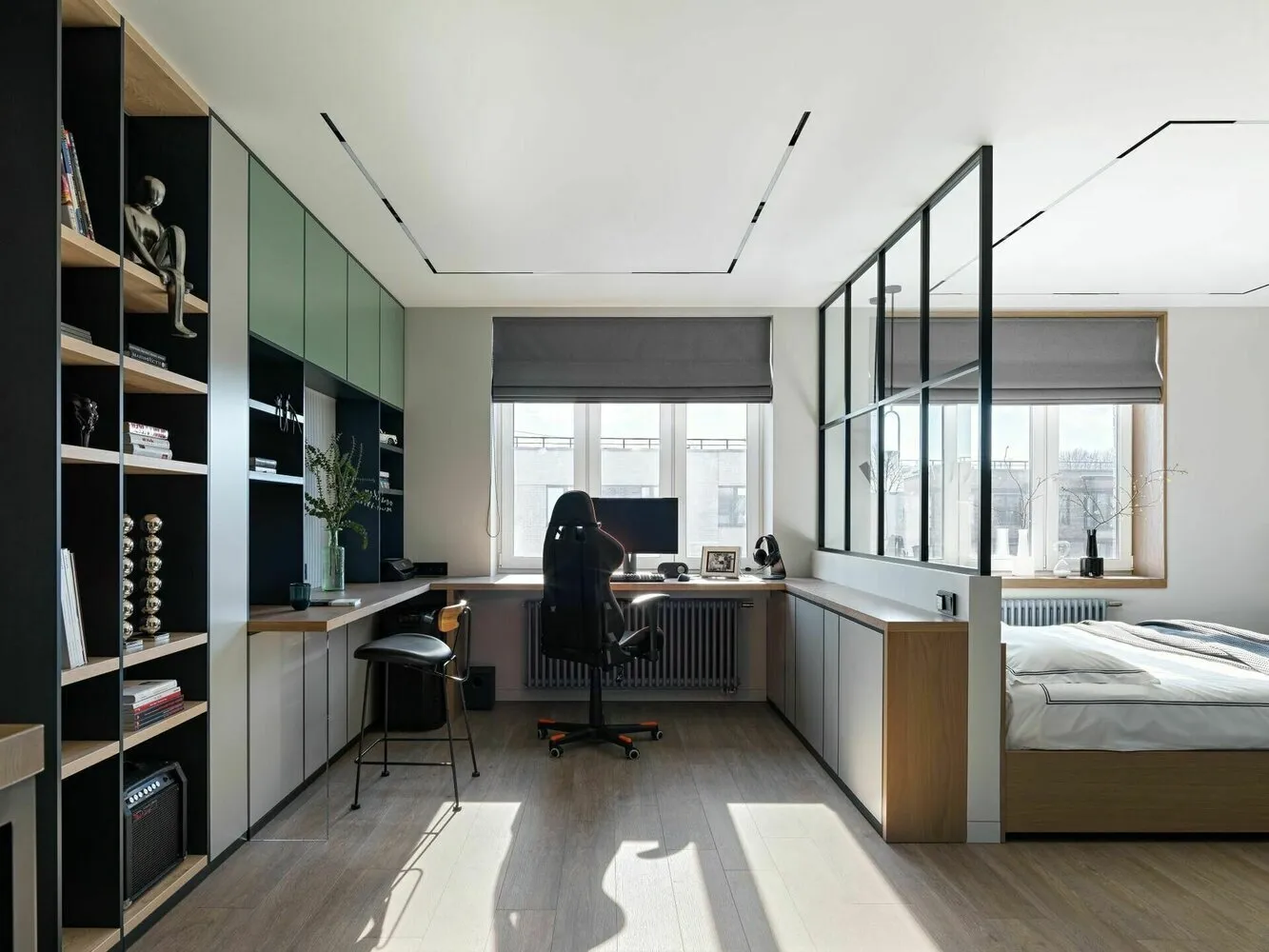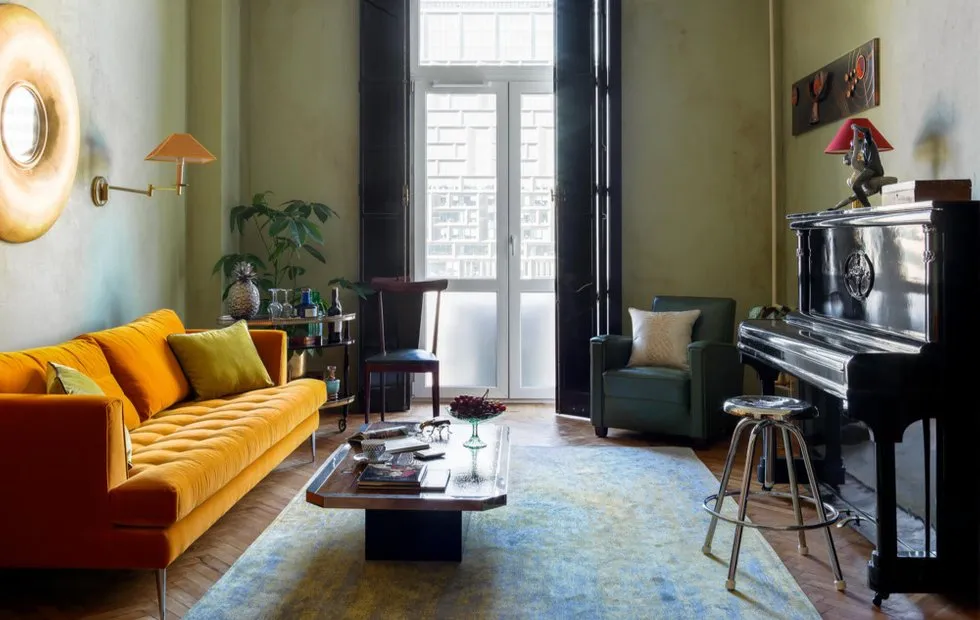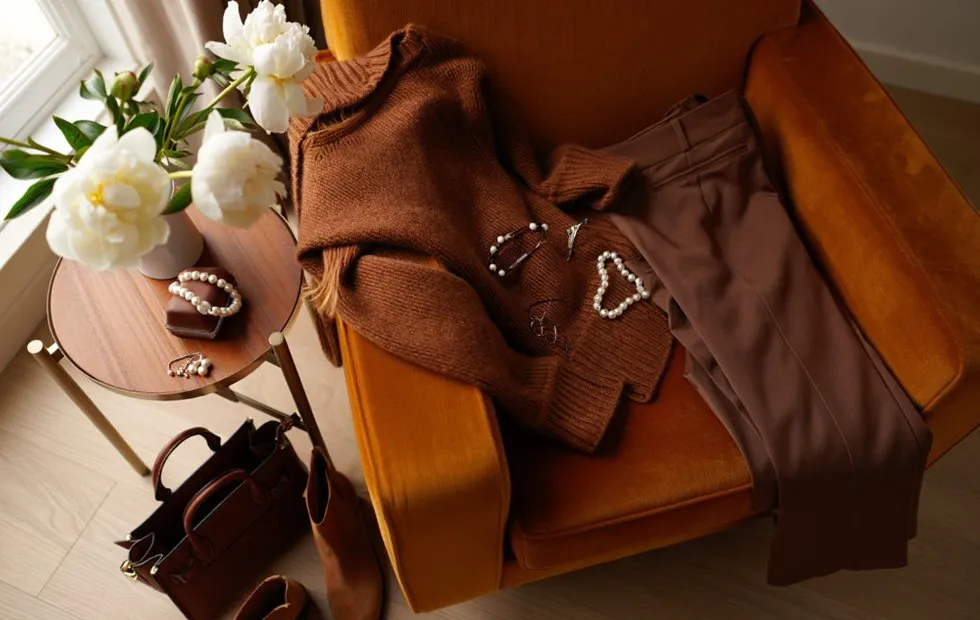There can be your advertisement
300x150
Why Smart Home Becomes a Headache: Honest Experience
If a smart home makes you think more about technology than comfort — something is wrong
Advertising promises that a smart home will make life simpler, safer and more comfortable. You'll control lighting by voice, save on heating and feel like a hero in a sci-fi movie. But what actually happens? Why do owners of 'smart' apartments increasingly return to regular switches and locks? We explore real problems with technologies that manufacturers don't talk about.
Main points from the article:
- 60% of smart home users encounter regular system failures;
- Average cost for full automation of a two-bedroom apartment — from 300,000 to 800,000 rubles;
- Integrating devices from different manufacturers often requires additional hubs;
- Firmware updates can completely break a properly configured system;
- Reliance on the internet makes your home vulnerable during any connectivity issues;
- Setup complexity deters 70% of potential users;
- Data privacy remains the main issue with smart devices.
When Wi-Fi Becomes the Main Enemy
Imagine: you come home after a tough day, and your smart lock won't open. The internet 'went down', and your security system has become a digital prison. You have to search for physical keys that you haven't used in months because they're at the bottom of your bag.
This is not rare. Surveys show that every third smart home owner has at least once been a hostage of their own technology. Smart outlets stop responding to commands, lighting turns on and off by itself, and the air conditioner starts running in the middle of the night.
The problem is that most devices critically depend on a stable internet connection. Even the smallest issue with your provider — and your tech-savvy home reverts to the stone age. And considering the quality of Russian internet in some regions, a smart home may experience disruptions more often than desired.
The War of Ecosystems
Bought a Yandex smart speaker, Philips bulbs, Xiaomi outlets and a thermostat from another manufacturer? Prepare for an integration quest. Each brand tries to pull the blanket over itself, creating its own ecosystem that doesn't play well with competitors.
Result: a dozen apps appear on your phone to control different devices. To turn on romantic lighting and music, you have to launch three separate programs. What convenience are we talking about?
Attempts to create a unified control center through third-party platforms like Home Assistant require serious technical knowledge. Average users quickly give up and return to familiar switches.
Updates Like Russian Roulette
Manufacturers regularly release firmware updates promising new features and improvements. In practice, every update is a lottery — it might get better or completely break your working system.
This is especially painful for devices built into the renovation. Smart switches that worked perfectly for a year might lose compatibility with bulbs or start rebooting randomly after an update. Rolling back firmware is usually impossible.
Some manufacturers even stop supporting devices after 2-3 years. Smart tech turns into regular gadgets or stops working completely. For such money, you want a guarantee of long-term support.
Setup Complexity Deters
Marketing convinces: all you need is to download an app and follow simple instructions. Reality turns out to be harsher. Setting up a full smart home requires understanding network protocols, knowledge of wireless communication specifics and saintly patience.
Even basic automation scenarios are not intuitive to set up. Want the light to turn on when movement is detected, but only during dark hours? Be prepared to spend several hours learning logical conditions and time intervals.
If something goes wrong, tech support often suggests 'resetting to factory settings' — meaning you have to reconfigure everything from scratch. After a few such cases, the desire to tinker with automation disappears entirely.

Design: Madina Bogatyreva
The Privacy Question
Smart devices constantly collect data about your lifestyle. When you wake up, when you leave home, what music you listen to, at what temperature you sleep. This information is sent to manufacturer servers.
Terms of use are written in legal language across dozens of pages. Few people read them, and they should. Many companies retain the right to share data with third parties 'to improve the service' or 'for research purposes'.
Especially interesting is the situation with voice assistants. They activate not only on commands like 'Alexa' or 'Okay Google', but also with any homophones. All recordings are saved and analyzed.
Check out the video:
The Cost of the Question
Beginning enthusiasts often underestimate the real cost of a smart home. A basic kit of several bulbs and outlets does indeed cost reasonable money. But to automate the entire apartment, you'll have to spend an amount comparable to a good renovation.
Smart switches — from 3,000 to 5,000 rubles each. Motion and light sensors — another 2,000 to 3,000 rubles each. Video surveillance system with facial recognition — 50,000 to 100,000 rubles. Climate control — another 100,000 to 200,000 rubles. And that's without installation costs.
Meanwhile, after 5-7 years, most of the tech will have to be replaced due to outdated communication protocols or manufacturer support ending.
Dependency on the Manufacturer
Purchasing smart devices makes you a hostage of their manufacturer. The company can change subscription terms, introduce paid features or simply shut down. Your expensive gadgets turn into electronic waste.
This is especially painful for security systems. Cameras that worked through the manufacturer's cloud, after service closure, become useless. Data accumulated over years disappears forever.
Some manufacturers deliberately limit functionality to force you to buy additional services. Storing recordings from cameras — a paid subscription. Voice control — also paid. Number of connected devices — limited by tariff.
A smart home can be a real helper, but only with a careful approach. Start small, choose one ecosystem, study security issues. And remember: technology should simplify life, not complicate it. If a smart home makes you think more about tech than comfort — something is wrong.
Cover: Madina Bogatyreva's design project
More articles:
 Hollywood Stars vs. Stress: Unexpected Rituals of Calm
Hollywood Stars vs. Stress: Unexpected Rituals of Calm Why Stalin-era Apartments Were More Comfortable Than Modern New Constructions
Why Stalin-era Apartments Were More Comfortable Than Modern New Constructions Only 5 Days a Month: Biohacker Diet That Helps You Lose Weight at a Glance
Only 5 Days a Month: Biohacker Diet That Helps You Lose Weight at a Glance Comfortable and Ergonomic Chairs: 10 Trendy New Arrivals for Your Interior
Comfortable and Ergonomic Chairs: 10 Trendy New Arrivals for Your Interior Colors That Will Change Your Wardrobe: Key Trends for 2025/26
Colors That Will Change Your Wardrobe: Key Trends for 2025/26 Brezhnevks: How They Improved Khrushchevks and Why People Still Love Them
Brezhnevks: How They Improved Khrushchevks and Why People Still Love Them Why Plishetskaya Looked Better at 70 Than Modern Stars at 30
Why Plishetskaya Looked Better at 70 Than Modern Stars at 30 How to Fit Everything in 35 sq m: Stylish Design of a Small Studio
How to Fit Everything in 35 sq m: Stylish Design of a Small Studio